What drives innovation?
Four forces that open the throttle
Electrification
Ever-lighter batteries, faster charging times and torque that nearly lifts you out of the saddle are finally pushing electric motorcycles into the mainstream.
Digitalisation
Sensor-fusion modules combine radar, lidar and cameras—turning data into rider-assist systems that used to be reserved for premium cars.
Safety
Airbag vests that inflate in 45 ms, cornering ABS that intervenes at any lean angle, connected helmets that issue collision alerts: safety has just levelled up.
Materials
High-end graphene matrix frames and 3D-printed parts drive weight down while stiffness goes up. Sounds nerdy, feels razor-sharp in the bend.
Evolution in a nutshell.
Evolution in a nutshell

Picture a Swiss Army knife, only on two wheels. Where the motorcycle used to be little more than an engine with two cylinders and a frame, it is now a modular platform.
Smart electronics as the foundation
In practice you often see manufacturers redesign the ECU first—because that is where all innovation starts. Once the computing power is in place, features such as adaptive cruise, wheelie control and remote diagnostics almost roll out by themselves.
The energy transition in miniature
We are at the dawn of a shift from fossil fuel to electricity and, yes, hydrogen. Honda is already testing prototype fuel-cell bikes—a clear hint that the cult of the fuel tank is not sacrosanct.
Collaborating in the cloud
OTA patches, riding analytics and even insurance discounts based on your data: motorcycling is shifting from a solo experience to a networked one.
Electric = instant torque, zero vibrations
Connected = predictive maintenance, less downtime
Lightweight = more playful handling, lower consumption
Adaptive = safer, more inclusive for novice riders
Steps towards tomorrow’s motorcycle.
A step-by-step look at how the innovations converge on the road.

Step 1 – Igniting the software engine.
Electronic architectures have been rewritten. ECUs talk to radar modules and IMUs over gigabit buses. As a result, the bike can detect within milliseconds that you’re in an off-camber corner and gently trim the torque. No magic—just maths.
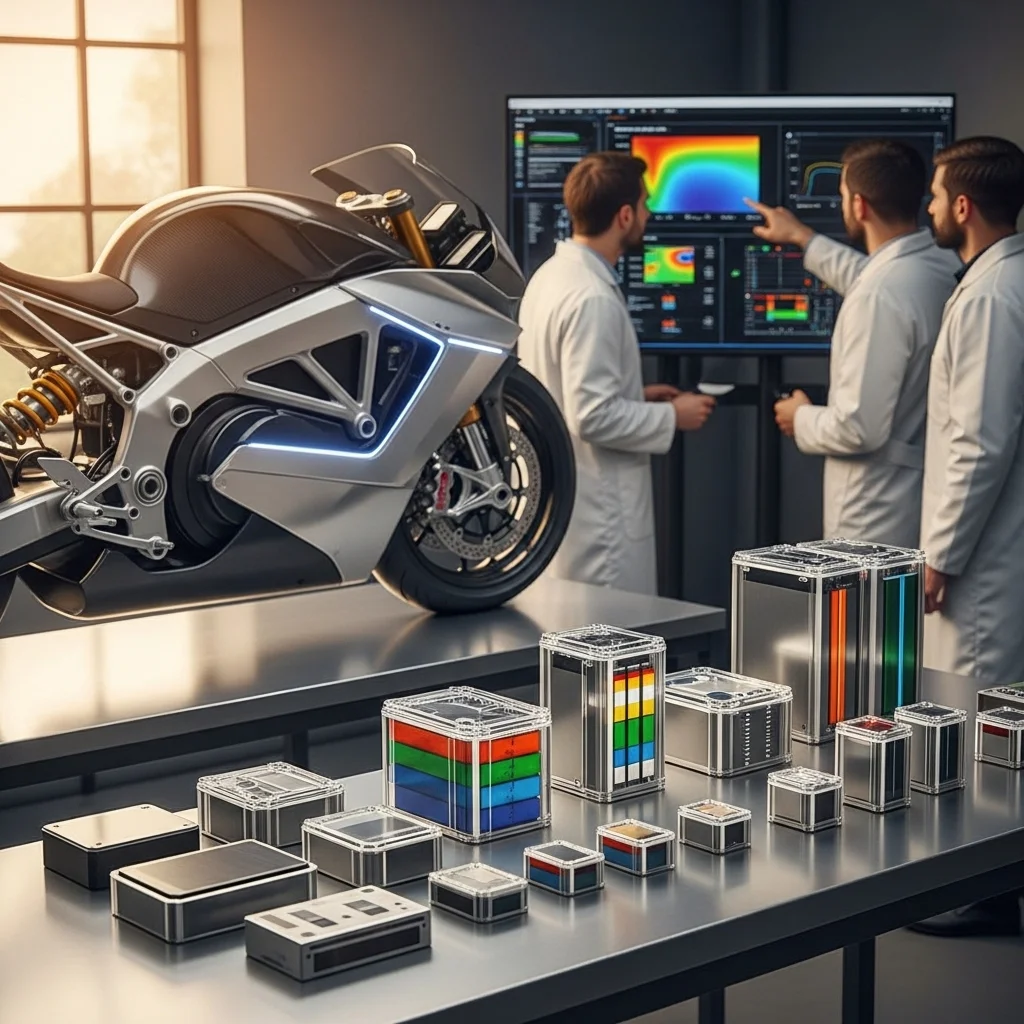
Step 2 – Batteries become manageable.
We used to lug around 100 kg of battery for 100 km of range. Now solid-state prototypes in the lab are already hitting 450 Wh/kg. And because thermal conductivity is improving, you can finally string together several DC fast-charge sessions without roasting the cells.
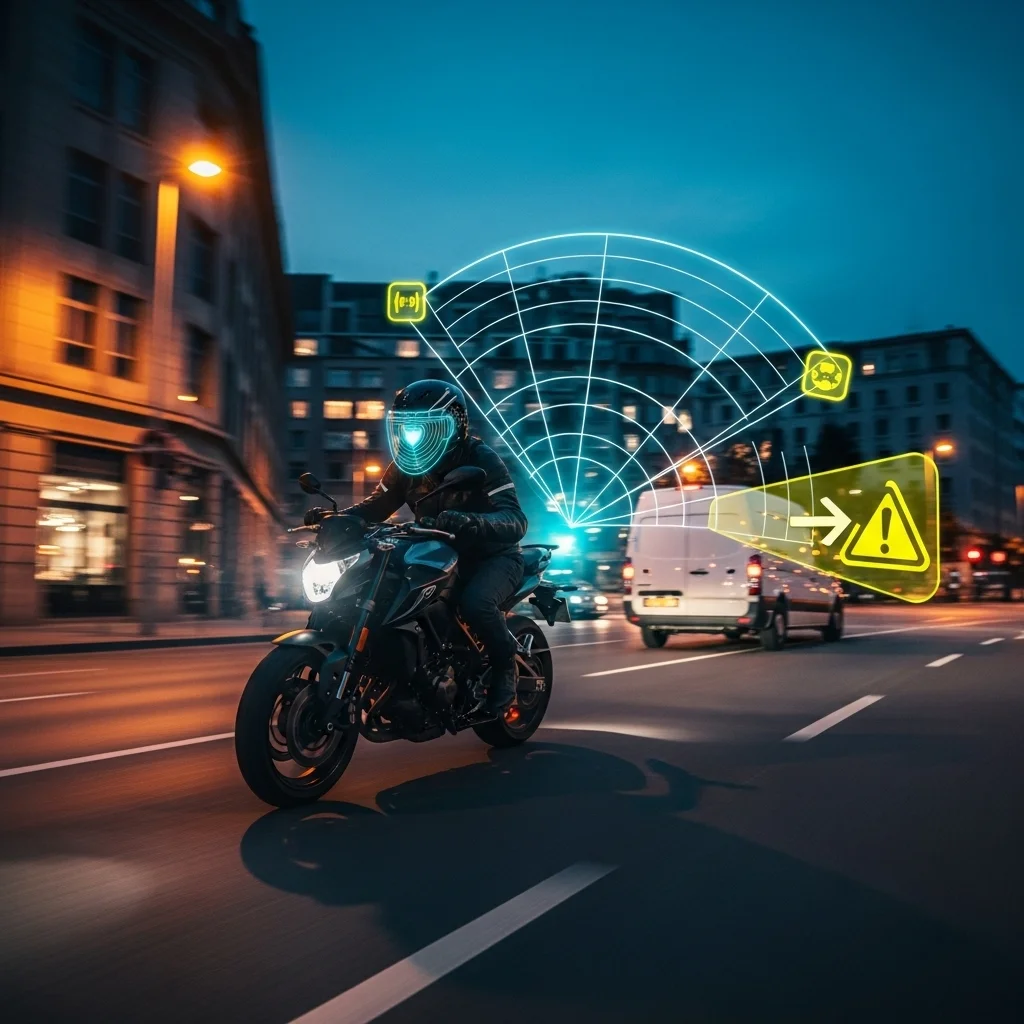
Step 3 – Safety gets a sport mode.
Cornering ABS was the game-changer, adaptive cruise the eye-catcher. But the real leap lies in V2X communication: your bike alerts you if a van approaches from a blind spot. Rather reassuring, isn’t it?
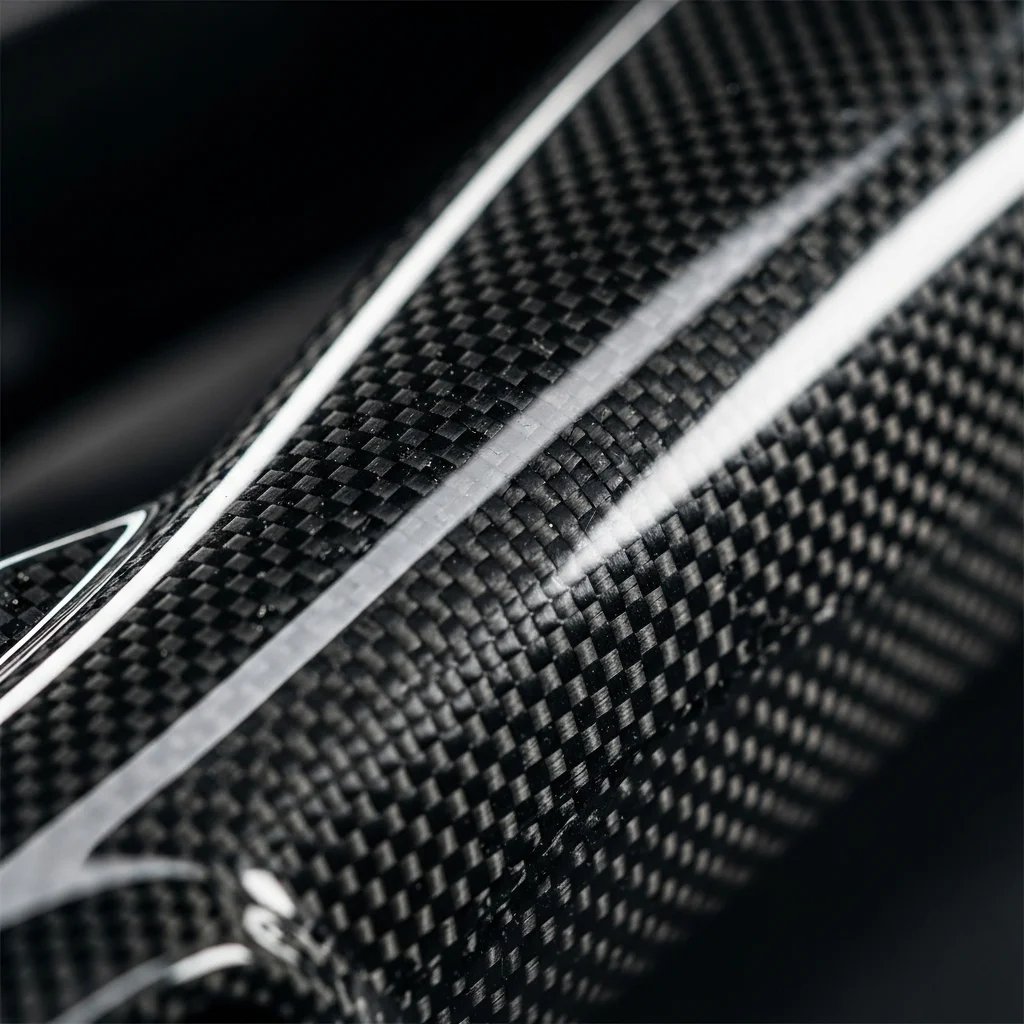
Step 4 – Materials as the secret sauce.
We already knew carbon fibre. Now graphene is arriving. Super-strong, super-light and—small side note—relatively pricey. Ducati is testing swingarms with a graphene layer that is 18 % stiffer at the same mass.
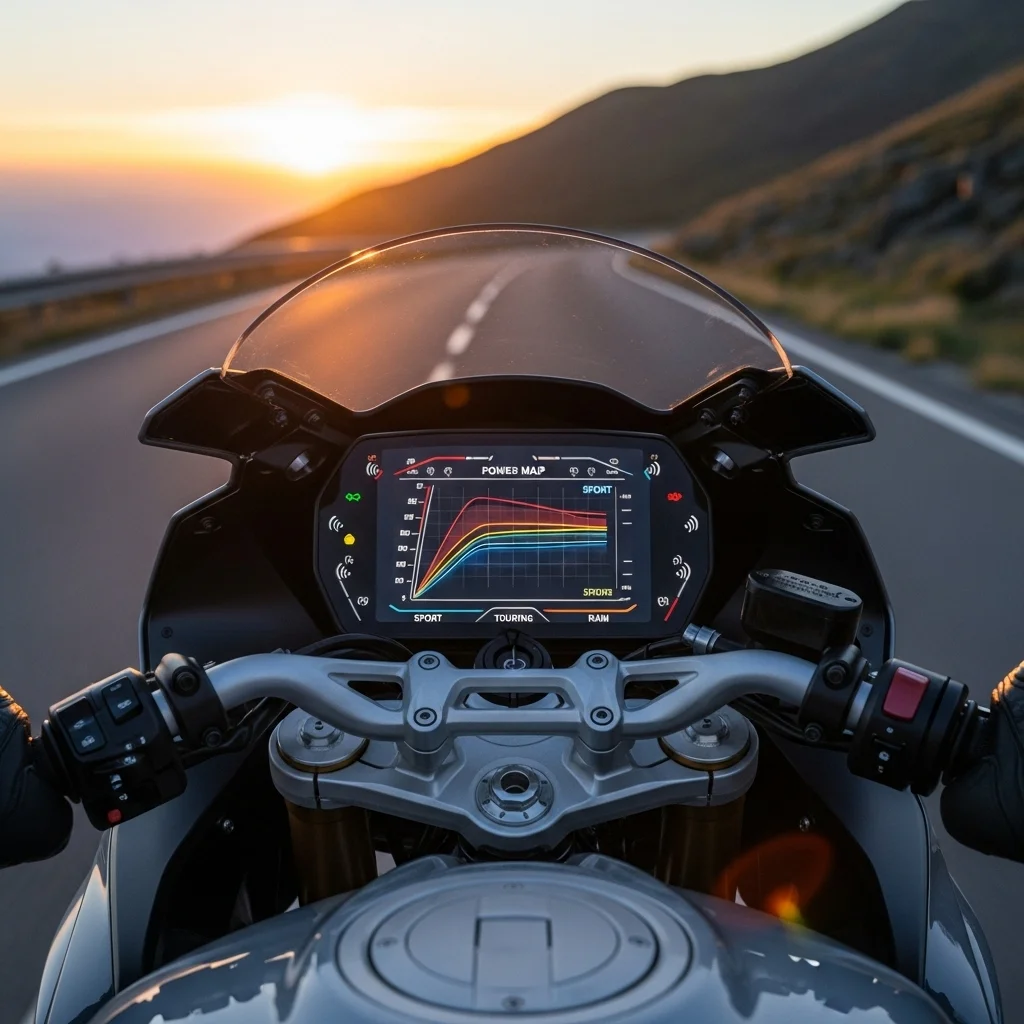
Step 5 – The rider stays centre stage.
Technology is cool, but enjoyment wins. That’s why brands are pushing a rider-first philosophy: a more intuitive UI on the TFT dash, haptic feedback in the grips, personalised power maps. Ultimately you just want grin miles.


Ready to brainstorm further?
We understand it’s a lot—charging infrastructure, radar calibration, material choices, rules and legislation. Want to discuss how your organisation can respond, or simply find out which tech will be in the showroom tomorrow? Let’s grab a coffee and exchange ideas.
Get hands-on
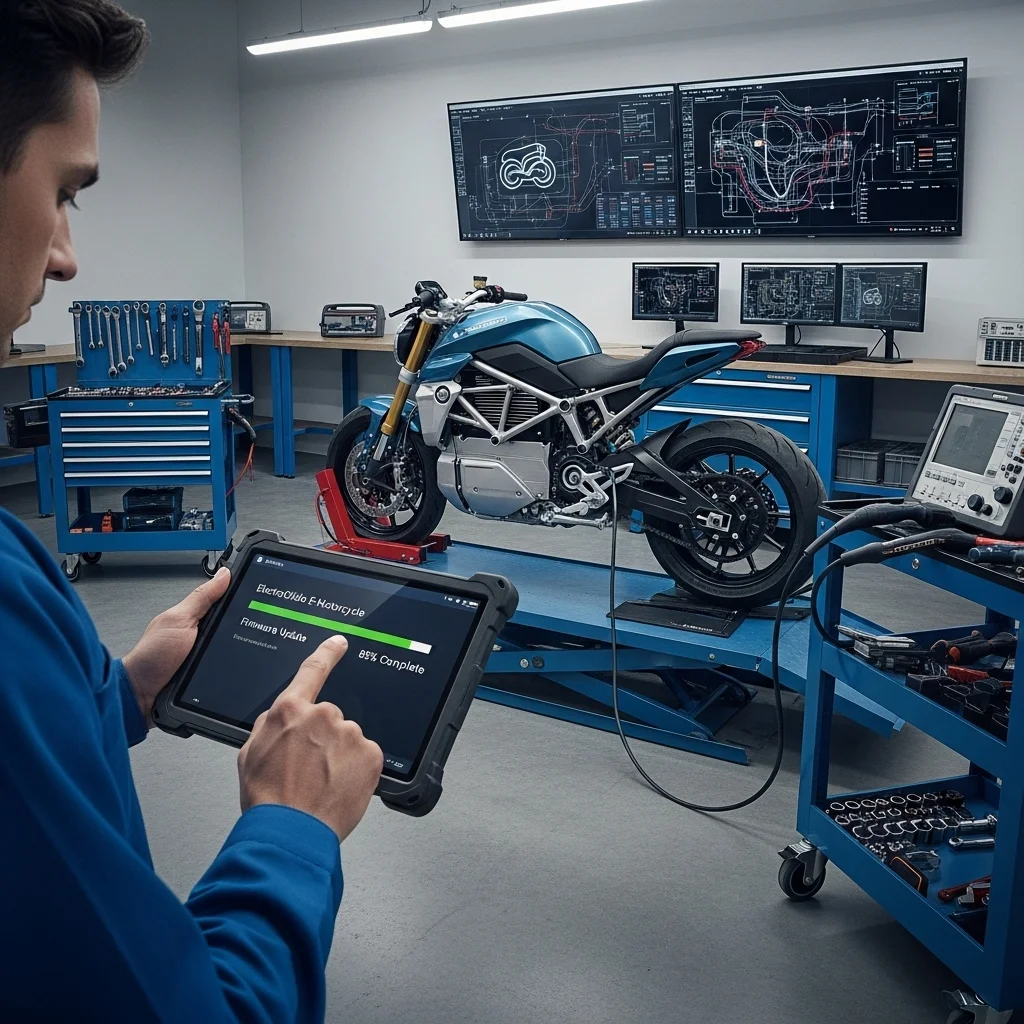
Three concrete tips you can implement today
1. Update discipline
Riders forget firmware. Add a simple reminder to your app—link it to a maintenance discount voucher. Small yet effective.
2. Think modular
Design accessories around a universal CAN bus. The same quick shifter can then fit three models, saving inventory.
3. Connect charging infrastructure smartly
Partner with local EV providers. A shared 50 kW post for scooters and motorcycles is often financially viable as long as you spread peak hours smartly.
Critical note

Not every hype is worth its weight in gold
Innovation is great, but there is noise in the mix.
Over-regulation is lurking
V2X data brings privacy legislation. Make sure your data streams are encrypted and transparent—otherwise the community will turn against you.
Range claims vs reality
Manufacturers sprinkle WLTP-style numbers around. Test them yourself in real Dutch weather. A Force-5 wind eats range—seriously.
Cost-benefit
A carbon subframe saves 900 g but adds €1,200 to the price. Sometimes an aluminium alloy—slightly heavier, much cheaper—is simply smarter.
Looking ahead to 2030
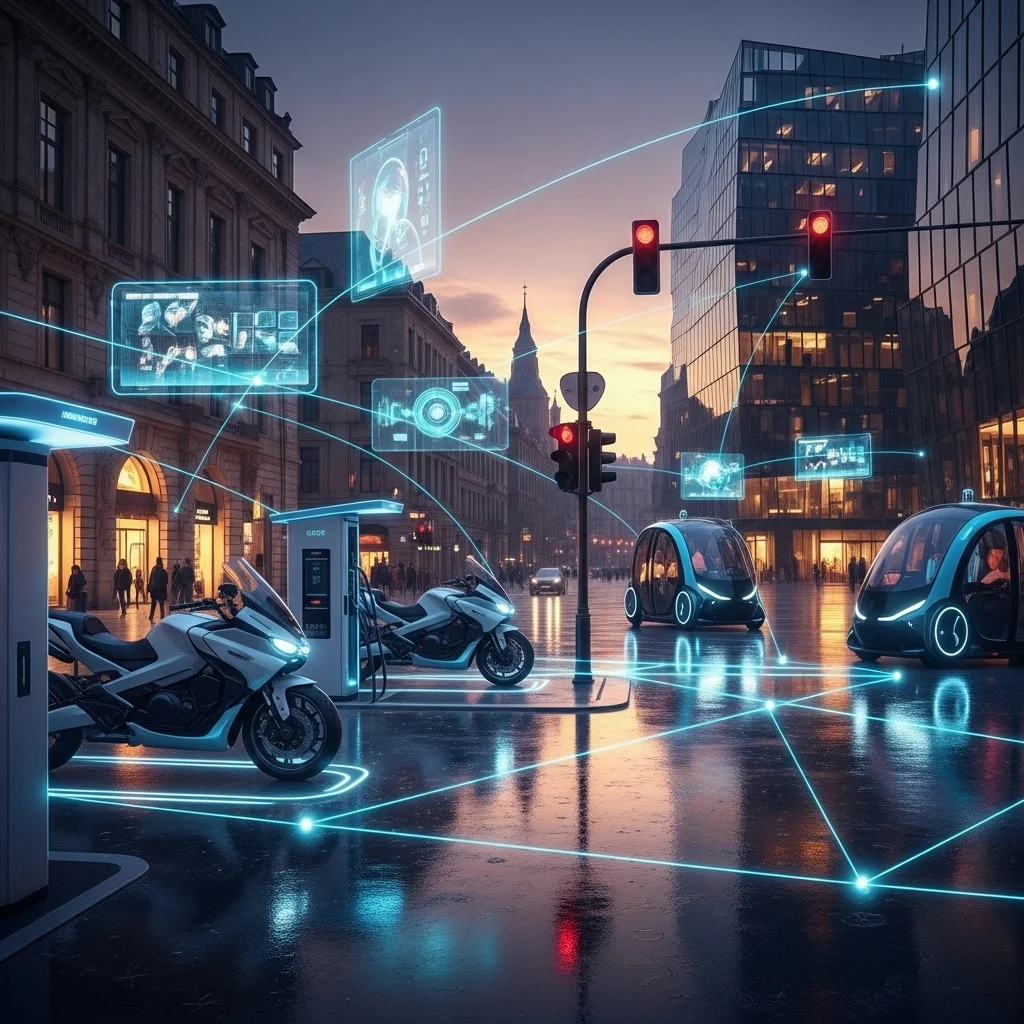
From two-wheeler to rolling sensor network
The future is less solitary than you think.
Energy swap stations
KTM and Honda are researching removable battery cassettes. Swap in two minutes, done. Essentially the Chinese Gogoro model, but European.
Autonomous functions
No, your bike won’t ride itself. But expect self-balancing at low speed and automatic emergency braking in critical situations.
Hydrogen as the dark horse
Yamaha has developed a four-cylinder hydrogen combustion engine. It sounds like a MotoGP machine and emits almost no CO₂—but infrastructure remains the bottleneck.
Why are brands embracing radar on motorcycles en masse? 🙂
Radar gives an extra "eye" for adaptive cruise and blind-spot warnings. Because motorcycles are narrow, riders have less visibility of adjacent lanes. Radar compensates for that gap and reduces the risk of collisions, especially on the motorway.
Are electric motorcycles genuinely more eco-friendly? 🌱
In terms of emissions during use: yes, zero emissions. But you must factor in battery production and recycling. The tipping point—when an electric motorcycle is cleaner across the full lifecycle—lies around 20,000 to 30,000 km, depending on your energy mix.
What about the sound, I miss that rumble! 🔊
Electric bikes are quieter, but manufacturers are experimenting with synthetic sound modules. Some riders think it’s a gimmick, others appreciate it for safety because pedestrians hear you coming.
Is it true that airbag vests are becoming mandatory? 🤔
There is no European mandate yet. However, certain circuits and riding schools already require airbag gear. Expect insurers to offer discounts if you wear one.
Do I get software updates for free? 💸
It depends. Basic safety updates are usually free. Premium features—think new riding modes—may come via subscriptions. Similar to how car manufacturers handle it.
Do I need to certify my charger for motorcycles? 🔌
In principle, no. If the charger has a Type 2 connector and the correct amperage, it works for both motorcycles and cars. Just mind the cable length; a shorter lead is handier for bikes.
Are solid-state batteries on sale yet? 🚀
Not yet in production models. Expectations are 2027–2028 for niche roadsters. The mass market will follow once the cost per kWh drops below €100.
Can I fit graphene parts myself? 🛠️
In theory, yes, but graphene is fragile if the torque is wrong. Have a specialist install it, especially for load-bearing parts such as the swingarm.


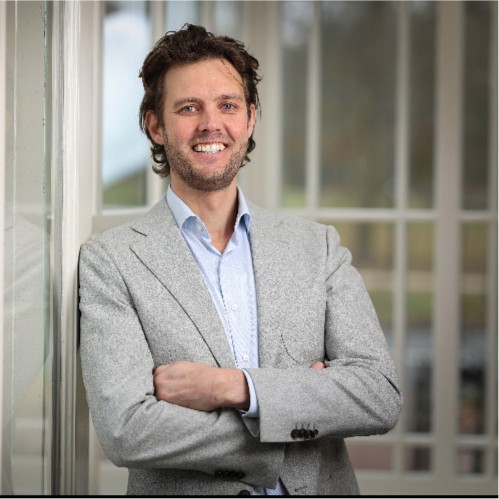





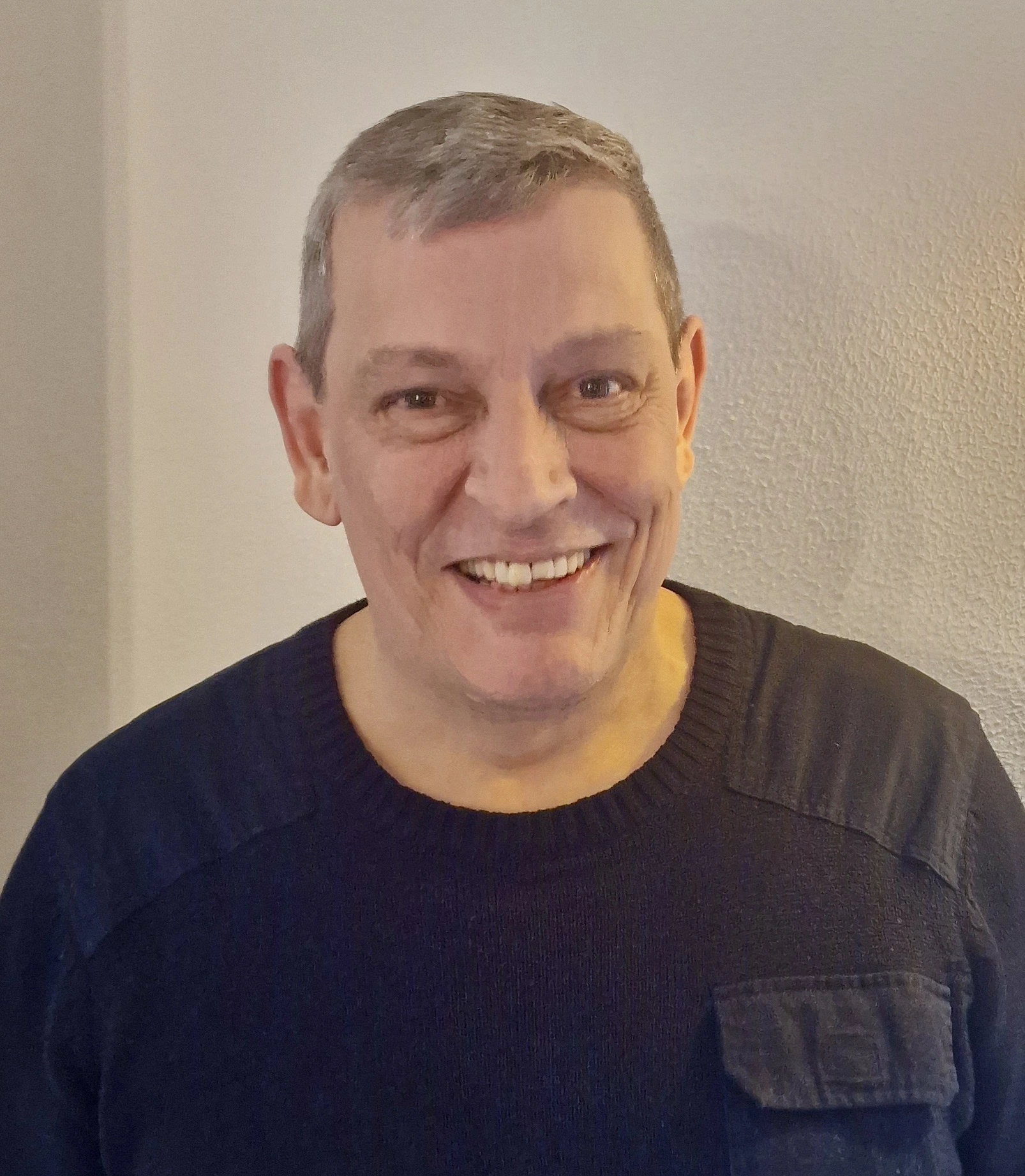

.webp)
